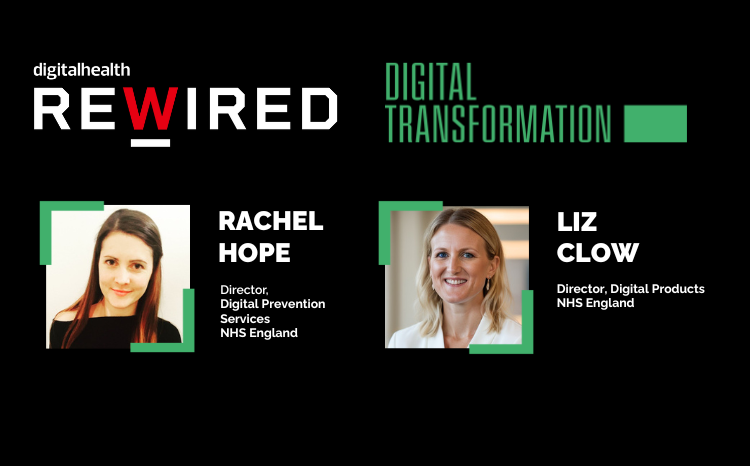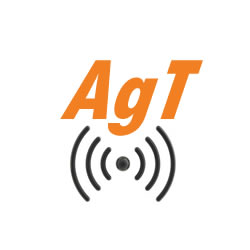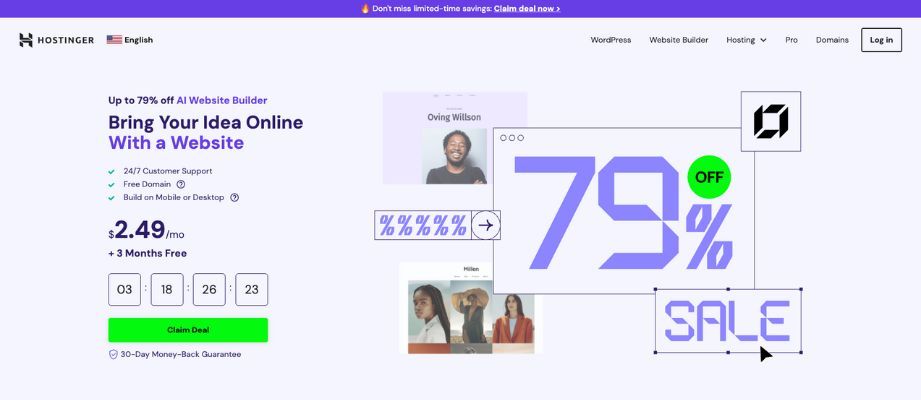The mismatch between innovation speed and regulatory approval cycles is one of the defining challenges in global fintech.
A founder can, in theory, build a payments app over a weekend, raise seed capital in a month, and sign up thousands of users for a pilot. But getting a license to operate can take 12
to 18 months. That’s longer than many startups survive.
While technology and consumer appetites accelerate, licensing is one of the slowest and most unpredictable parts of the journey.
Geographies
Licensing is the gateway to operating as a financial institution, whether as a payments firm, e-money issuer, or bank. Here’s an estimate of approval timelines for various regions:
-
United States: Money Services Business (MSB) registration can take 3–12 months federally, but each state license may add another
3–9 months. Multi-state operations often stretch to 12–18 months. Full bank charters typically take 12–24 months. -
United Kingdom & European Union: Electronic Money Institution (EMI) and Payment Institution (PI) licenses generally take 6–12 months.
In 2023, it’s speculated tha 6–9 new EMI licenses were authorized by the FCA and around
15–25 PI licenses, reflecting the lowest issuance rates in years. -
Singapore: A Major Payment Institution (MPI) license takes about 6 months from a complete filing, though regulator queries often extend
this. -
UAE: Free zones such as DIFC can approve Payment Service Provider (PSP) and EMI licenses in 3–6 months, while mainland approvals
usually take 6–9 months.
Best Practices for Founders
Despite the challenges, founders are not powerless. Experience suggests best practices that can significantly reduce licensing headaches:
-
Start early. Preparation alone often takes 6 months before submission.
-
Invest in compliance. Well-advised applications have been shown to cut approval times by
2–6 months. -
Build regulator-ready documentation. Business plans, risk frameworks, and safeguarding arrangements must be complete to avoid rejections.
-
Use sandboxes. UK FCA data shows firms in sandbox programs reach market up to
40% faster and raise
15% more capital than non-participants. -
Go live via partners. Many fintechs pilot products on partner EMI or BaaS infrastructure while their own license is pending.
Together, these tactics make a massive difference.
Looking Ahead
Regulators are beginning to digitize licensing with AI-driven RegTech, automated reporting, and sandbox pathways. However, there is no evidence,
so far, that this will fundamentally resolve core delays (staffing, diligence, risk screening), only improve convenience and certain workflow speeds.
Systemic delays will persist because regulators prioritize consumer protection over speed.
A new model is also emerging:
Licensing Accelerator-as-a-Service (LAaaS). Just as Banking-as-a-Service allowed new entrants to offer accounts
and payments without building infrastructure, LAaaS enables startups to operate under a partner’s license while progressing toward their own.
For startups, this hybrid path offers speed to market, reduced risk, and proof points for investors. For regulators, it provides assurance that new entrants
are supervised under established compliance frameworks.













